So your daughter has been learning guitar for 3 years now. You notice that she sees practice as a chore, but nevertheless wants to sit her first examination to have something to show her friends.
For those who would like to take the route of AMEB or ANZCA exams, it is important first to talk to your children, and get clear on their motivations for learning and continuing guitar as an art form.
From my experience, AMEB and ANZCA certifications can give students immense pleasure and satisfaction. It can give them a greater sense of direction, and allows them to conceptualise music in a more structured manner.
Below are some observations and comments about the two music examination boards listed above.
1. AMEB
By far the most common option in examination, the Australia Music Examinations Board has under 100 years of experience providing graded assessments for music students in Australia. Currently the AMEB grades guitar examinations in two streams: Classical Guitar and Contemporary Popular Music (CPM) Guitar. Apart from the two different styles of music being taught, the two guitar streams are different in how they present music: the Classical Guitar stream leans more towards sheet music (notes on stave), whilst the Contemporary Guitar stream uses a combination of both tablature (numbers on fretboard) and sheet music.
Learning through the AMEB curriculum gives students the ability to communicate their musical ideas with other instruments in a formal ensemble, such as an orchestra. This is because all musicians in an orchestra can understand music written on a stave. If you choose to go with AMEB, you will learn music the 'right way', also learning transposition and transcription invaluable in writing music scores and conducting.
You will find that most universities will specify a specific AMEB grade for enrolment into music courses. However, this is just a general indication universities use to determine entrance. All music students usually go through an audition - and above all, this is the most important determinant in successful offers in music courses.
Recommendations: Enrol in AMEB curriculum if your child wants to learn music 'by-the-book' in an academic environment, and has the intention being the head of a music department in a private school.
2. ANZCA
A common option used in primary schools across Melbourne, examinations conducted by Australia and New Zealand Cultural and Arts Limited are popular because of their relevant syllabus for guitarists, boasting more practical attributes. For students of a non-musical background, guitar teachers often use supplement the ANZCA curriculum with popular 'rock songs', and the manner in which this curriculum is taught is usually more flexible. Music is usually read through both tablature and sheet music; although, my experience teaching this curriculum is that students get confused if they are only taught one way, but not the other, creating misinterpretation of lesson material.
Recommendations: Enrol in ANZCA curriculum if your child wants to learn music in a flexible, yet structured manner. Make sure that teaches both tablature and sheet music in order to reinforce musical knowledge through the early stages of his musical development.
ANZCA or AMEB? My experience and more
This depends on your needs. If your objective is to use this certification as a means towards secondary or tertiary education, a good idea would be to call the music department of the academic institution, and ask what their preference is. One of the biggest challenges with the primary music education industry is an effective knowledge transfer from primary to secondary - especially with learning guitar. Confirmation of expectations from the academic institution can go a long way in saving time and trouble.
You wouldn't need AMEB for primary students learning guitar. This may seem like a forward opinion, but I come from the belief that in the early ages, the goal is to inspire children to learn guitar, and not be buried in sheet music. The goal is self expression, creativity, a greater sense of identity and even a sense of community with their friends.
ANZCA is a good option for educating young children from 5-12 learning guitar in its introduction to theory. Whether you need examinations, is completely up to you and your child. Your child may be a free learner and retaliate under rigid practice regimes and examination deadlines. Your child may want that constant structure where he/she conceptualises music like building a Lego House.
My story: I have never taken one of these exams, but instead passed VCE Music: Solo Performance through hard work and plenty of auditions. Leading up to specialising in jazz guitar, I learned a bit of sheet music from private guitar lessons, but found it boring. When I realised the relevance, I had to connect muscle memory to visual memory of notes, which proved to be quite difficult. My one saviour was my 4 years of experience singing in the Australian Boys Choir. Co-curricula can provide you with a fantastic education.
My advice: if you are really serious about music, learning music theory through one of these curricula for your instrument, or through academic institutions, will serve you very well in the future. This is especially relevant when you start playing faster solos and have to keep time to a metronome.
Still wondering how to measure your child's progress in learning guitar? Let us know what you think by leaving a comment below.

